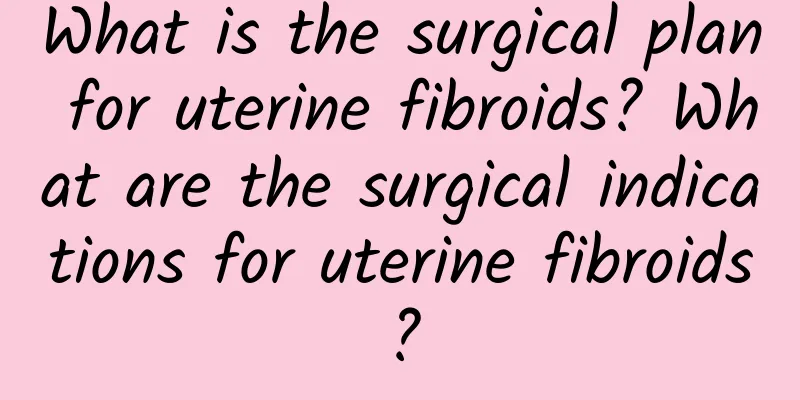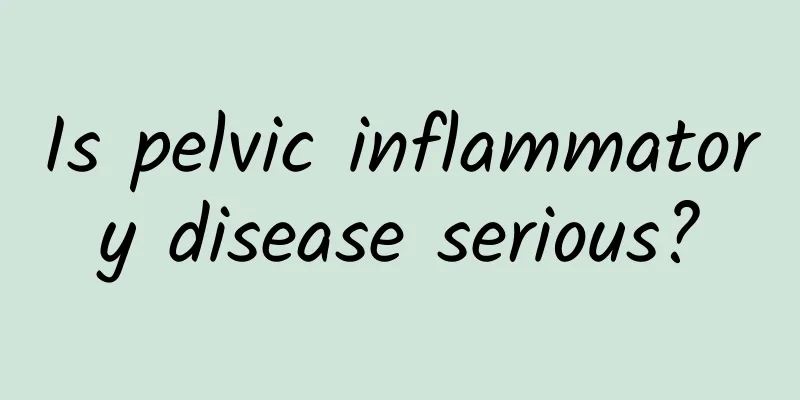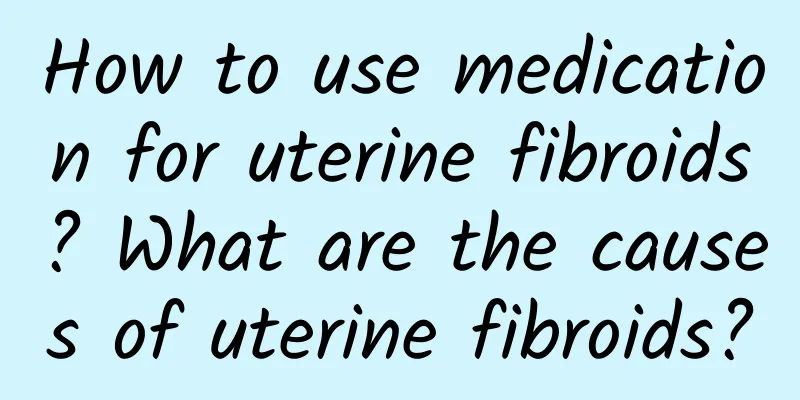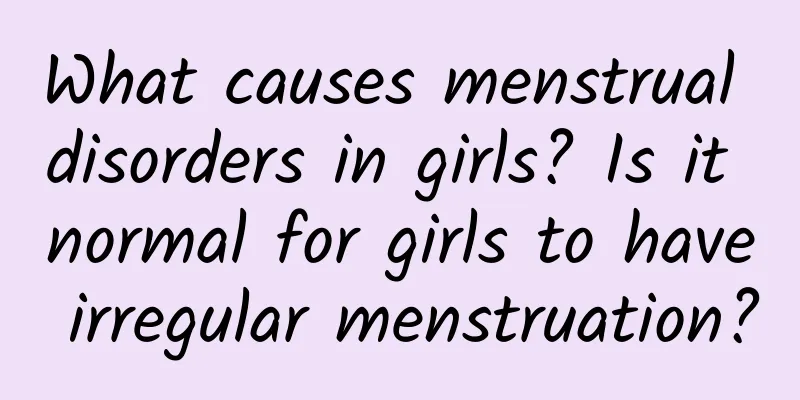At what age do uterine fibroids usually occur? At what age do uterine fibroids usually have the highest incidence rate?
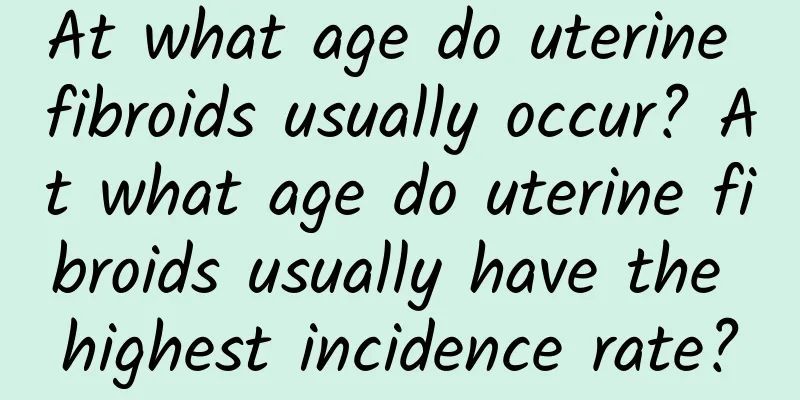
|
At what age do uterine fibroids usually occur? At what age do uterine fibroids usually have the highest incidence rate? Uterine fibroids are one of the most common benign tumors of the female reproductive system, which endangers health and has attracted the attention of female friends. Understanding the age distribution of uterine fibroids and the relationship between age and incidence has important guiding significance for prevention and treatment. This article will provide relevant references by discussing in detail the age distribution characteristics of uterine fibroids and the relationship between age and incidence. 1. Age distribution of uterine fibroids The age range for the onset of uterine fibroids is mainly between 30 and 50 years old. Women in this age group are in childbearing age and have higher estrogen levels, which can easily promote the growth of fibroids. As they age and approach menopause, the decline in female hormone levels may cause uterine fibroids to shrink and ease. Therefore, uterine fibroids are more common in middle-aged women. Second, the incidence of uterine fibroids There is a certain relationship between age and the incidence of uterine fibroids. In recent studies, it was found that the incidence of uterine fibroids peaked at around 40 years old. This may be because women around 40 years old face the arrival of menopause, and the fluctuation of hormone levels allows fibroids to grow faster. Due to the trend of modern women delaying childbearing age, the mechanism of hormone regulation has changed for women after menopause, which promotes the growth of fibroids. Therefore, uterine fibroids have a higher incidence in middle-aged women. 3. Prevention and Treatment Strategies For middle-aged women, the importance of preventing and treating uterine fibroids is self-evident. Maintaining good living habits, including a reasonable diet, moderate exercise, and avoiding excessive fatigue, can reduce the occurrence of uterine fibroids. Regular gynecological examinations and timely detection and treatment of lesions are also effective means to reduce the incidence of uterine fibroids. For female friends over 40 years old, they can take appropriate hormone replacement therapy under the guidance of a doctor to stabilize the level of estrogen and slow the growth rate of fibroids. Uterine fibroids are common in middle-aged women, especially those around 40 years old. There is a certain relationship between age and incidence, which is due to changes in hormone levels before and after menopause. In order to reduce the occurrence of uterine fibroids, middle-aged women can prevent and treat fibroids by maintaining good living habits and regular gynecological examinations. I hope the content of this article can help everyone to improve their understanding of uterine fibroids and maintain good health. |
<<: What to eat to reduce uterine fibroids quickly? How to regulate to reduce uterine fibroids
Recommend
What are the symptoms of pelvic inflammatory disease?
Pelvic inflammatory disease is a gynecological di...
What are the treatments for vulvar leukoplakia?
What treatments do you know about vulvar leukopla...
Can women with cervical erosion during pregnancy give birth naturally? Women with cervical erosion during pregnancy should pay attention to these
Many pregnant women are still at risk of cervical...
What is the reason for thin people to get uterine fibroids? Will uterine fibroids get smaller if people lose weight?
What is the reason why thin people get uterine fi...
How to choose drugs to treat female amenorrhea?
How to choose medicine to treat female amenorrhea...
What causes leucorrhea odor in pregnant women?
The odor of vaginal discharge in pregnant women i...
What should I do if my menstruation is irregular after having an IUD inserted?
What should I do if my menstruation is irregular ...
Get rid of the misunderstanding about cervical erosion
Did you know that among us, especially middle-age...
One month after abortion, the pregnancy test stick is one dark and one light
If the pregnancy test stick shows one dark and on...
Is beef the first choice for iron supplementation? These seafoods are also high in iron
"Eating beef and pork liver to supplement ir...
Will soaking your feet affect your menstruation?
Foot soaking usually does not have a significant ...
How to treat irregular menstruation and polycystic ovary
Menstrual irregularities associated with PCOS req...
Symptoms of menopausal syndrome
Menopausal syndrome is usually a series of physic...
What are the signs of miscarriage? See what the doctor says
When a woman is about to have a miscarriage, ther...
Drinking coffee not only refreshes the mind, but a cup after a meal can also help digestion! 5 must-know benefits of drinking coffee
Have you had coffee today? Whether it’s breakfast...
